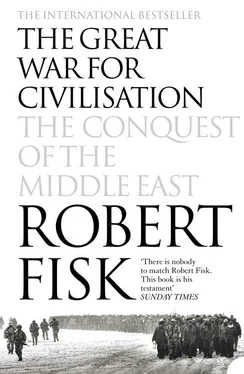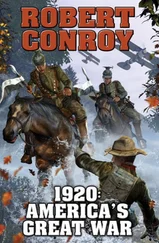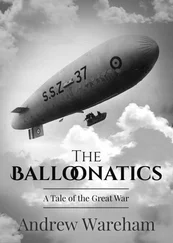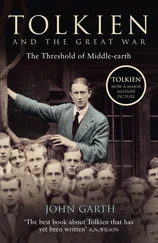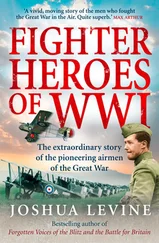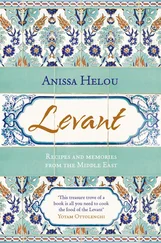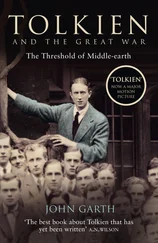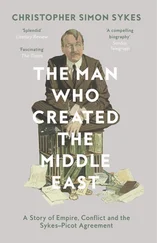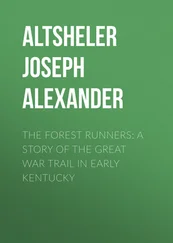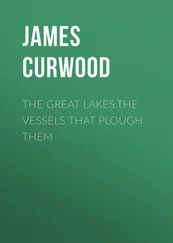Iraq’s 15 million population was now facing Iran’s 35 million, outnumbered on the battlefield itself almost five to one. Saddam’s army could not fight against these odds in open battle – Dezful was proof of that – so a new and merciless logic was adopted in Baghdad. Iraqi troops would dig in along the front lines, embed their thousands of tanks in the earth and use them as mass artillery to wipe out the human-wave attacks. But in 1984, through the swamps of Howeiza and the rivers that run through the land of the Marsh Arabs, the Iranian Revolutionary Guards led an attack – along dykes and using power-boats – deep into Iraq. At one point – the Iraqis only admitted this eight months later but Salam was to see the evidence with his own eyes – the Iranians pushed armour across the main eastern Baghdad – Basra highway at Qurnah. They had traversed the Tigris river and began destroying Iraqi tanks by firing at them from the highway bridges.
Baghdad’s response was as successful as it was devastatingly cruel. Because he was one of the only journalists to witness the result, the account of what happened next belongs to Mohamed Salam:
There had been a major battleat Azair, Sada and Baida in the Howeiza marshes south of Amara – the Iraqi commander was Major General Hisham Sabah al-Fakhry. He got the Iranians into a pocket in the marshes then the Iraqis built a big dam to the east of them. It was still early ’84. Al-Fakhry brought huge tanker trucks down and pumped fuel into the marshland and then fired incendiary shells into the water and started the biggest fire I’ve seen in my life. He burned and killed everything, the whole environment.
Then when the fire was out, he brought electrical generators and put huge cables into the marsh waters and electrified everything so that there was no source of life left in that place. When I was there, I needed to take a leak and walked over to an embankment and one of the soldiers said ‘Don’t piss in the water’ and pointed at the cables. He asked me: ‘Do you want to be a piss-martyr?’
Gutted bodies were floating everywhere, even women and children were among them – marsh people, people who knew what a toad was, people who’d lived among ducks and buffaloes and fished with spears, this civilisation was being wiped out. I saw about thirty women and children, all gutted open like fish, and many, many Iranians. The innocent had to die along with the living.
But petrol and electricity alone could not annihilate the invaders. In the battle of Qadisiya, Sardar and his fellow Arabs were astonished to see Rustum’s army advancing towards them on massive animals they had never before seen, beasts six times the size of a horse with vast bones protruding from each side of their noses, their feet so great that they sank into the sand. Sardar told his archers to fire their arrows – and his soldiers to throw their spears – into the eyes of the elephants; to this day, the Iraqis believe that this was the key to their victory. So what was to be Saddam’s weapon against the frightening hordes now moving into Iraq? What spear was poisoned enough for the ‘racist Persians’?

I am on an Iranian military hospital train, trundling through the night-time desert north of Ahwaz, returning from another trip to the front, eating chicken and rice and drinking warm cola in the restaurant car. It is 1983. Rumsfeld is shaking hands with Saddam, asking to reopen the US embassy. The train is slow, its un-oiled bogies shrieking on the curves, making heavy weather of the gradients, bumping over the unmaintained permanent way. Occasionally, a light moves slowly past the window, a distant village, no doubt with its own crop of martyrs. The man from the Ministry of Islamic Guidance is asleep, knowing that I cannot stray from a moving train.
But I cannot sleep and so I walk through the carriages. It is cold and the windows are shut against the night breeze off the desert but there is a strange, faint smell. At first I think it must be a deodorant, something to ameliorate the shitty stench of the blocked toilets at the end of each car. Then I pull open the connecting door of the next carriage and they are sitting in there by the dozen, the young soldiers and Revolutionary Guards of the Islamic Republic, coughing softly into tissues and gauze cloths. Some are in open carriages, others crammed into compartments, all slowly dribbling blood and mucus from their mouths and noses. One young man – I thought he could be no more than eighteen – was holding the gauze against his face. It was already stained pink and yellow but in his left hand he was holding a Koran with a bright blue cover. From time to time, he laid the gauze on his knee and coughed and a new streak of red would run in a line from his nose and he would turn the page of the Koran with his right hand and put the cloth back to his face to sop up the new blood and then pick up the Koran to read again.
Carriage after carriage of them, they sit without talking, uncomplaining, accepting – so it seems – what has happened to them. Only after ten or fifteen minutes do I realise that the smell that bothered me is not deodorant. It’s a kind of sick perfume and the men are coughing it out of their lungs. I go to the windows of the carriages and start pulling them down, filling the corridors with the sharp night air. I don’t want to breathe into my lungs what is coming out of theirs. I don’t want to be gassed like them. I go on opening the windows but the soldiers don’t look at me. They are enduring a private hell into which, thank God, I cannot be admitted.
Iran’s own official historyof the war says that Iraq first used chemical weapons against its combatants on 13 January 1981, killing seven Iranians. In 1982, the Iranians recorded eleven chemical attacks by Saddam’s army, in 1983, thirty-one. Dr Naser Jalali, a dermatologist and head of the dermatology ward at the Loqman al-Doleh Hospital in Tehran, examined a number of soldiers brought to the Iranian capital after a chemical weapons attack against Piranshahr and Tamarchin on 9 August 1983. ‘The injuries of those involved have been caused by exposure to toxic agents which have been released in the atmosphere in the forms of gas, liquid or powder,’ he said. ‘… the weapons of delivery had released a toxic chemical called “Nitrogen mustard” or “mustard gas”.’ At around 9.30 in the evening of 22 October 1983, between Marivan and Sultan, an Iraqi artillery shell exploded on the Iranian lines, giving off a smell of kerosene. Next morning, eleven Iranians – soldiers, Revolutionary Guards and Basiji – were afflicted with nausea, vomiting, burning of the eyes, blurred vision, itching, suffocation and coughing. Taken to a medical centre, they were found to have blisters all over their skin. Between 21 and 28 October, three Kurdish villages sympathetic to Iran came under chemical attack; an Iranian medical report stated that ‘many villagers of this Kurdish district, including women and children, were severely injured’. Between 28 December 1980 and 20 March 1984, the Iranian official history of the war lists sixty-three separate gas attacks by the Iraqis.
Yet the world did not react. Not since the gas attacks of the 1914–18 war had chemical weapons been used on such a scale, yet so great was the fear and loathing of Iran, so total the loyalty of the Arabs to Saddam Hussein, so absolute their support for him in preventing the spread of Khomeini’s revolution, that they were silent. The first reports of Saddam’s use of gas were never printed in the Arab press. In Europe and America, they were regarded as little more than Iranian propaganda, and America’s response was minimal. Only in March 1984 did Washington condemn Iraq for using poison gas – but even that criticism was mild. It was 1985 before the New York Times reported that ‘United States intelligence analystshave concluded that Iraq used chemical weapons in repelling Iran’s latest offensive in the Gulf War.’ True to that paper’s gutless style, even this report had to be attributed to those favourite sources of all American reporters – ’Administration officials’.
Читать дальше
